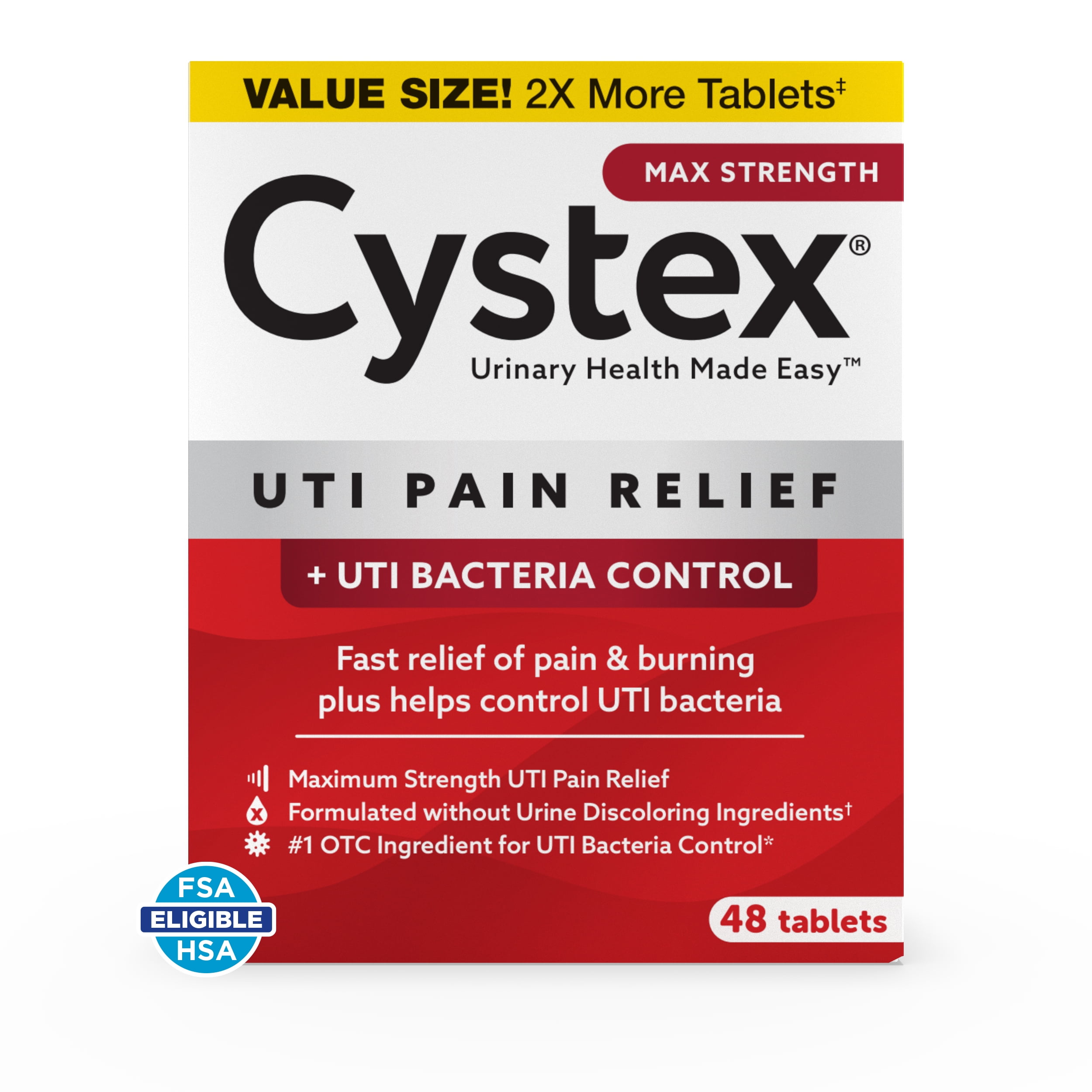
September 8, 2024
Genital Sling Procedures: Overview, Person Examination, Preparation
Medical Treatments For Women With Tension Urinary Incontinence: An Organized Review Pmc General closure rates after medical repair of vesico-vaginal fistulae array from % [706] Throughout the interfering period in between diagnosis and repair, UI pads with the objective of avoidance of skin problems associated with Kegel exercises chronic urinary system leakage can be provided and making use of an obstacle lotion or neighborhood oestrogen can also be thought about [704,705] An injury to the urinary system during hysterectomy for benign conditions (60-- 75%), hysterectomy for malignant problems (30%) and caesarean section (6%) are the main root causes of postoperative VVF in the established world [676,677]- An additional SR of mechanical devices concluded that there was insufficient proof to sustain their usage in females [409]
- IPSS ratings were reduced in the mirabegron 50 mg, 100 mg, and placebo teams by 6.2, 4.8, and five factors, respectively.
- Taking 1 month a month as an instance, there are 3 teams of training on a daily basis, excluding the outpatient duration, 8 teams of training on a monthly basis, a total of 82 teams of training.
- Therefore, the term medical professional need to be made use of when referring specifically to a medical professional of medication, such as an individual with an MD, MBBS, or a DO or equivalent level.
- Valsalva leak point stress are not standardised and there is minimal proof about reproducibility.
Research Study Qualification
Valsalva leakage factor stress did not accurately assess incontinence severity in an accomplice of ladies selected for medical treatment of SUI [69] Measure post-void recurring (PVR) volume, specifically when analyzing individuals with invalidating signs or complicated stress and anxiety urinary system incontinence (SUI). Urinary system diversion continues to be a reconstructive alternative for clients with unbending UI after several pelvic procedures, radiotherapy or pelvic pathology leading to irreversible sphincteric incompetence or fistula formation. Choices consist of ileal channel urinary diversion, orthotopic neobladder and heterotopic neobladder with Mitrofanoff continent catheterisable avenue. There is insufficient proof to talk about which treatment leads to the most enhanced QoL.Does Menopause Reason Urinary System Incontinence?
Pelvic flooring muscle training is suggested as first‐line traditional administration for treating urinary incontinence. Additional physical treatments, such as electrical excitement, biofeedback or magnetic excitement can be thought about in females that can not proactively contract their pelvic flooring muscular tissues, in order to help motivation and adherence to treatment. Physio therapists require to comprehend the nature of the urinary incontinence, the impact prognostic factors and the principal of treatment methods.What is the best therapy for urinary incontinence?
Social Links